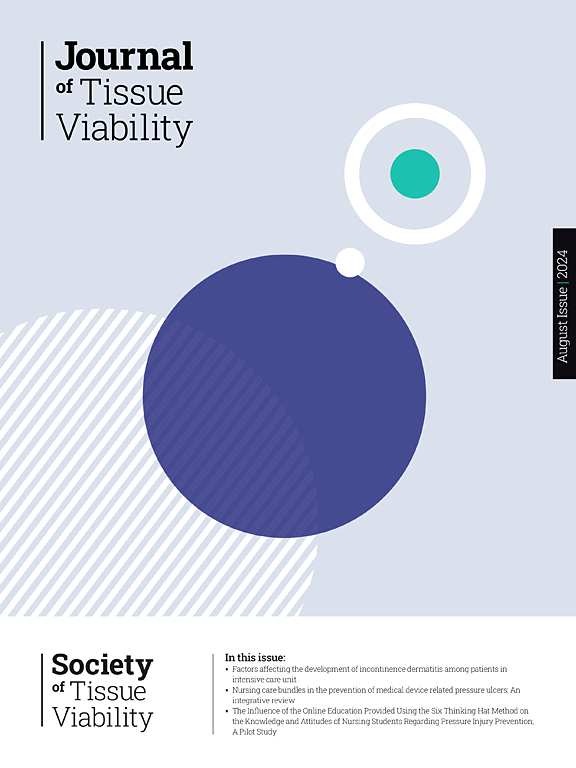确定皮肤年龄的机器学习方法:系统综述
IF 2.4
3区 医学
Q2 DERMATOLOGY
引用次数: 0
摘要
目的:本系统综述探讨了机器学习如何用于确定皮肤老化,旨在评估当前文献中的准确性、局限性和空白。资料与方法检索自建库至2024年3月16日,检索自vid Embase、OVID Medline、IEEE explore和ACM数字图书馆。结果共筛选非重复文献1467篇,最终纳入系统评价27篇。机器学习模型的平均绝对误差范围为2.30-8.16年。最常见的方法是全面部图像分析,其次是利用甲基组和蛋白质组等生物标志物的非图像研究。在分析中加入动态面部表情可以提高年龄估计的准确性,平均绝对误差为3.74。共聚焦显微镜显示了准确估计皮肤老化的潜力,一些研究达到了85%的准确度。许多研究被发现具有较高的PROBAST偏倚风险评分,最常见的原因是样本量小。结论:未来的研究应着眼于更大的种族多样性和数据集中的变量,以提高概括性。本文章由计算机程序翻译,如有差异,请以英文原文为准。
Machine learning methods for determining skin age: A systematic review
Aim
This systematic review explores how machine learning is used in determining skin aging, aiming to evaluate accuracy, limitations, and gaps in the current literature.
Materials and methods
OVID Embase, OVID Medline, IEEE Xplore, and ACM Digitial Library were searched from inception to March 16, 2024.
Results
A total of 1467 non-duplicate articles were screened, and 27 were ultimately included in the systematic review. The machine learning models exhibited a range of accuracies from a mean absolute error of 2.30–8.16 years. The most common approach was full facial image analysis, followed by non-image-based studies utilizing biomarkers such as the methylome and the proteome. The incorporation of dynamic facial expressions in the analysis was shown to improve the accuracy of age estimation, with a mean absolute error of 3.74. Confocal microscopy demonstrated potential for accurate skin aging estimation, with some studies achieving up to 85 % accuracy. Many studies were found with high PROBAST risk of bias scores, most commonly due to small sample sizes.
Conclusion
Future studies should aim for greater diversity in ethnicity and variables within datasets to improve generalizability.
求助全文
通过发布文献求助,成功后即可免费获取论文全文。
去求助
来源期刊

Journal of tissue viability
DERMATOLOGY-NURSING
CiteScore
3.80
自引率
16.00%
发文量
110
审稿时长
>12 weeks
期刊介绍:
The Journal of Tissue Viability is the official publication of the Tissue Viability Society and is a quarterly journal concerned with all aspects of the occurrence and treatment of wounds, ulcers and pressure sores including patient care, pain, nutrition, wound healing, research, prevention, mobility, social problems and management.
The Journal particularly encourages papers covering skin and skin wounds but will consider articles that discuss injury in any tissue. Articles that stress the multi-professional nature of tissue viability are especially welcome. We seek to encourage new authors as well as well-established contributors to the field - one aim of the journal is to enable all participants in tissue viability to share information with colleagues.
 求助内容:
求助内容: 应助结果提醒方式:
应助结果提醒方式:


